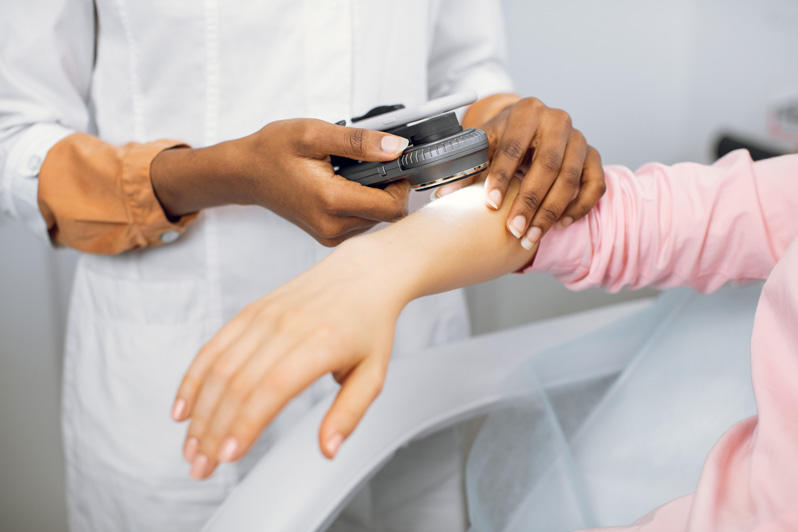Learn about the signs of skin cancer to stay proactive about your health.
Navigating Skin Cancer Cells Therapy: The Necessary Role of Mohs in Modern Dermatology Practices
Skin cancer, a complicated medical diagnosis, frequently leaves patients grappling with many therapy alternatives. As we explore the details of this treatment, one will value its critical function in skin cancer therapy.
Understanding Skin Cancer: Kinds and Dangers
There are 3 primary kinds of skin cancer cells: Basic cell cancer, Squamous cell carcinoma, and Melanoma. It accounts for only regarding 1% of skin cancer cells instances but triggers the huge majority of skin cancer cells fatalities. Risk factors include fair skin, history of sunburn, excessive sunlight exposure, living at high altitudes or shut to the equator, having several moles, a family history of skin cancer cells, and damaged immune system.
What Is Mohs Surgical treatment and Exactly How It's Transforming Skin Cancer Cells Treatment
In spite of the countless treatments presently available for skin cancer, Mohs surgery stands out as a groundbreaking and extremely reliable option. Called after Frederic E. Mohs, the physician that created the procedure, Mohs surgical procedure is an accurate surgical strategy made use of to treat skin cancer. During the treatment, thin layers of cancer-containing skin are gradually gotten rid of and examined up until only cancer-free cells remains. This strategy enables the surgeon to validate that all cancer cells have actually been eliminated at the time of surgical procedure. This degree of accuracy, combined with the capacity to spare as much healthy cells as feasible, is revolutionizing skin cancer therapy. As a result, Mohs surgical procedure has actually come to be a keystone of modern dermatology techniques.
The Advantages of Mohs Surgery Over Traditional Skin Cancer Cells Therapies
Structure on the cutting-edge nature of Mohs published here surgical treatment, it's necessary to consider its numerous benefits over traditional skin cancer cells treatments. Unlike basic procedures, Mohs supplies a greater cure rate, commonly getting to 99% for first-time treatments and 94% for reoccurring cancers cells. Additionally, it reduces damages to healthy and balanced skin, leading to less scarring and boosted cosmetic outcomes.
The Procedure of Mohs Surgery: What to Expect Throughout the Process

Prospective Negative Effects and Post-Operative Care of Mohs Surgery
Undergoing Mohs surgical treatment, like any other procedure, involves potential side impacts that people must recognize. Usual adverse effects consist of pain, wounding, and swelling at the surgery site. However, these are usually short-term and manageable with non-prescription discomfort medication and ice bag. In rare situations, clients may experience infection, bleeding, or a sensitive reaction to the anesthetic. find out here Post-operative treatment is essential to healing and decreasing side effects. This typically entails keeping the wound clean and dry, taking recommended drugs, and preventing strenuous activities. Individuals ought to also participate in all follow-up appointments for injury treatment and tracking. In some cases, added therapies may be necessary to make certain full removal of the malignant cells. Abiding by these post-operative care guidelines can considerably enhance healing and outcomes.
Final thought
